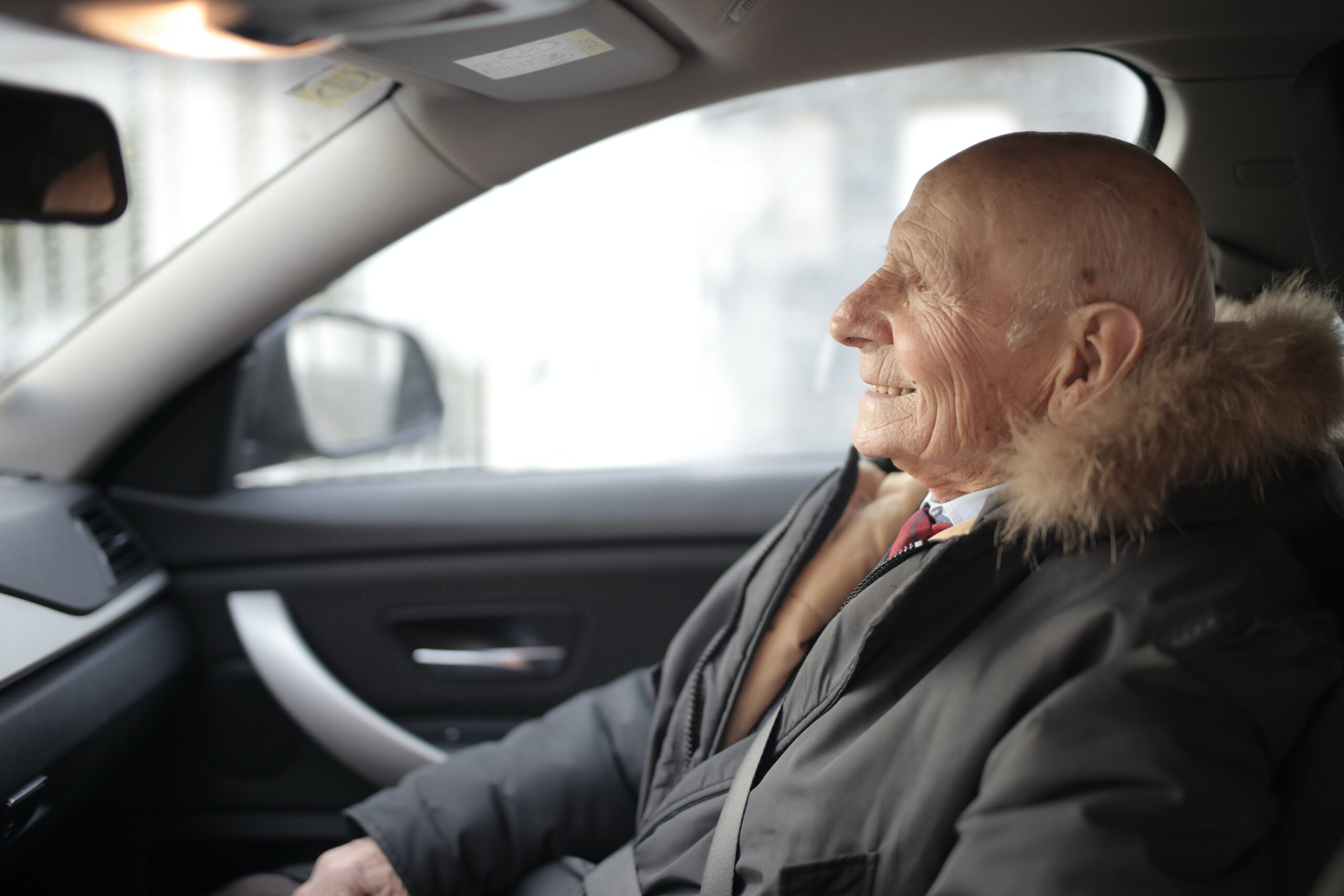The issue of utmost importance pertains to educational institutions and religious establishments.

According to the newly published Risk Radar Report by Church Mutual Insurance Company, the issue of safety remains a prominent worry for those in the United States who participate in religious services and community events.
The insurance company has a specific focus on providing coverage for nonprofit organisations, educational institutions, recreational camps, and religious institutions. According to the report, a majority of Americans, specifically 54%, express their greatest safety concern in these settings to be armed intruders or occurrences of physical violence. There has been a notable rise in the aforementioned statistic since 2019, wherein instances of armed intruders and physical violence constituted a mere 10% of safety-related apprehensions.
For a number of years, we have been conducting surveys to inquire about the safety concerns of those residing in the United States. According to Eric Spacek, the associate vice president for risk control at Church Mutual, armed invaders and physical violence have consistently remained prominent issues, with the exception of the year 2021, which was primarily focused on the COVID-19 pandemic. The survey results indicate that a significant proportion of the American population, specifically 38%, expresses a decreased sense of safety. Consequently, there is a growing inclination towards endorsing armed protection and implementing additional safety measures. Organisations must exercise caution and undertake thorough deliberation and preparation prior to embracing these measures.
The survey additionally disclosed that participants exhibited a preference for various safety measures as a means of safeguarding themselves. The favoured measures among respondents included armed security (56%), security cameras (59%), metal detectors (47%), and incident training (45%). According to the survey findings, a significant proportion of respondents (56%) perceived these steps as essential in the event of a prior threat. Similarly, a majority of participants (53%) believed these precautions were necessary following a past occurrence. Additionally, a considerable percentage of respondents (52%) expressed the view that such measures were warranted in response to demands from staff, volunteers, parents, or congregants. Furthermore, a substantial portion of participants (51%) believed that organisations situated in high-crime areas should implement these measures.In relation to the matter of armed security, a significant majority of respondents, namely 72%, expressed the belief that the provision of on-site security at places of worship, educational institutions, and nonprofit and community gatherings should primarily involve the deployment of trained police officers. Furthermore, a significant majority of participants, specifically 75% of respondents, expressed a preference for the presence of armed security personnel during school and community gatherings, citing increased feelings of safety as the primary rationale. According to the survey, it was observed that Gen Z participants exhibited a lower inclination compared to other age cohorts in terms of perceiving armed protection at events as a means of enhancing safety.
The paper additionally emphasised the potential for enhancing preparedness in response to armed invaders. A mere 27% of participants expressed confidence in the level of preparedness exhibited by their respective places of worship, nonprofit organisations, community groups, or educational institutions in anticipation of a potential armed intrusion. A notable proportion of the participants, specifically fifty percent, indicated a sense of scepticism regarding the level of readiness exhibited by these entities.
The occurrence of recent security issues within our nation has prompted individuals in the United States to reconsider their actions. According to Spacek, the respondents belonging to Generation X (40%), millennials (43%), and Generation Z (55%) exhibit a higher likelihood of being deterred from participating in community, nonprofit, school events, and religious services due to these instances, in comparison to baby boomers (27%).
What do you think about this story? Tell us in the comments section below.



